NHS winter pressures: Plans across Wales
- Published
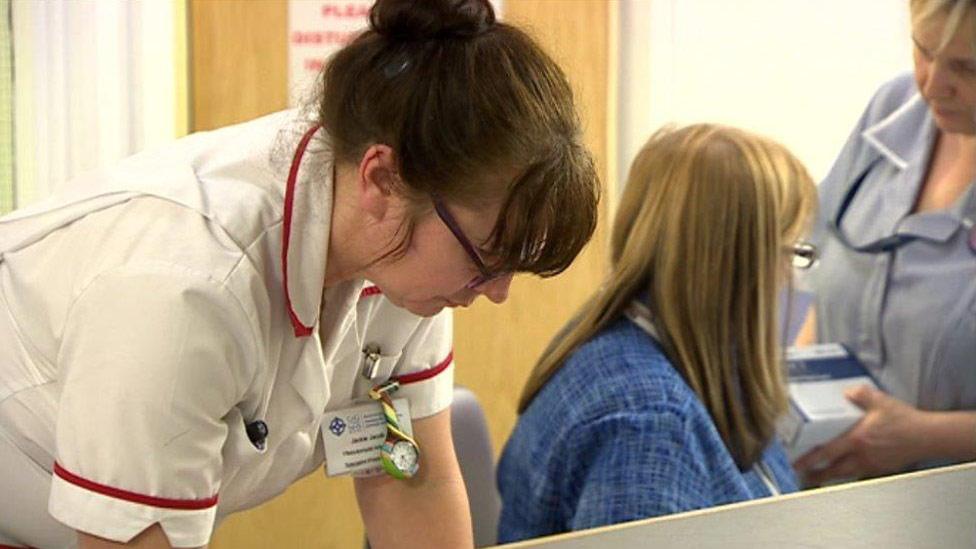
Staff at Morriston Hospital in Swansea, which is starting a 'home for lunch' initiative
Each health board in Wales - and the Welsh Ambulance Service - have been tasked with finding ways of dealing with winter pressures.
So what is going on in your area?
ABERTAWE BRO MORGANNWG
Population: 523,100
Percentage of over 75s: 8.8%
The health board covering an area from Swansea to Bridgend says last winter "too much bed capacity was wasted though unnecessary delays for patients waiting in hospital beds".
It also says there "was not enough capacity at times to meet peak demands on emergency departments".
The new plan includes Morriston hospital in Swansea introducing a "home for lunch" initiative - which means all wards must focus on trying to get patients who are medically fit to do so discharged by lunchtime.
The health board says the initiative has had a significant impact in freeing up beds.

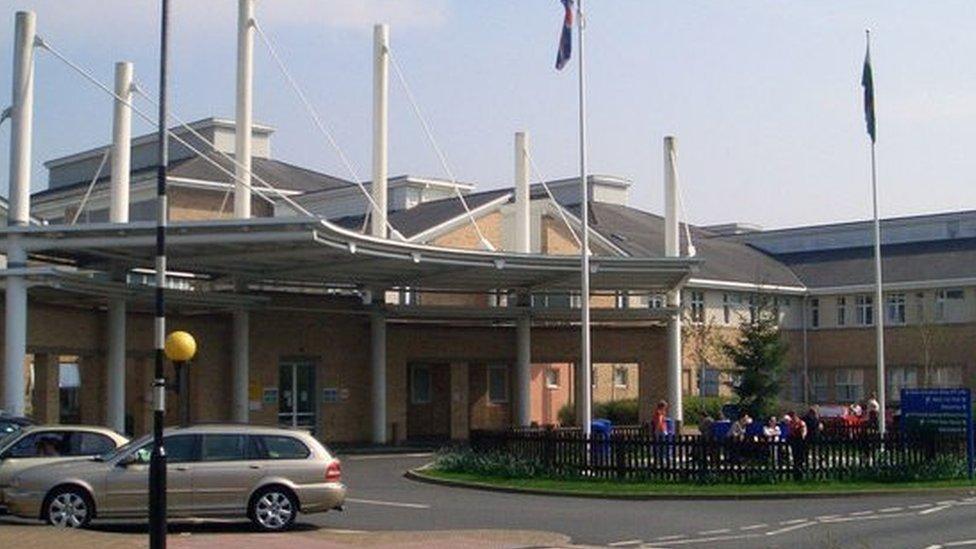
CWM TAF
Population: 296,000
Percentage of over 75s: 7.9%
The health board serving the south east Wales valleys points to deficiencies in the relationship between the NHS and social care services - including "significant deficits in the communication flow between agencies for hospital discharge".
Its winter plan adds that "current processes are cumbersome and inhibiting" with "limited service arrangements to support seven day discharge from hospital".
The health board says it is aiming to use community services earlier "to avoid admission and reduce length of hospital stay" by developing an integrated assessment and response service.

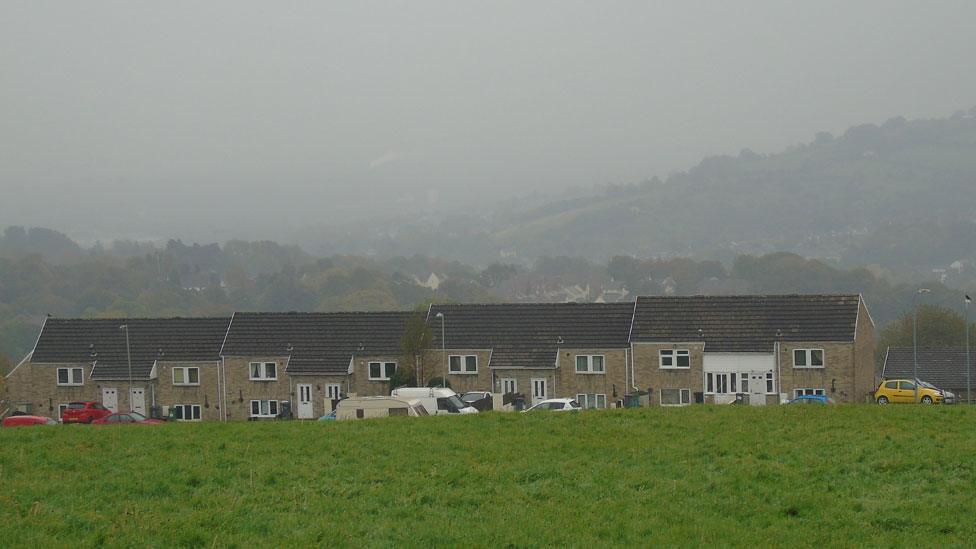
With the old Gwent valleys included, Aneurin Bevan covers the second largest population of health boards in Wales
ANEURIN BEVAN
Population: 580,400
Percentage of over 75s: 8.4%
Based on a simulation exercise of predicted winter demand, the plan for the health board covering Newport, the old Gwent valleys and Monmouthshire says it should not be "able to manage this demand within current capacity".
It also says a "key risk" is the availability of registered nurses so additional beds can be opened across the area. Amongst other things, the board plans to increase medical beds in community hospitals to increase reviews of patients.

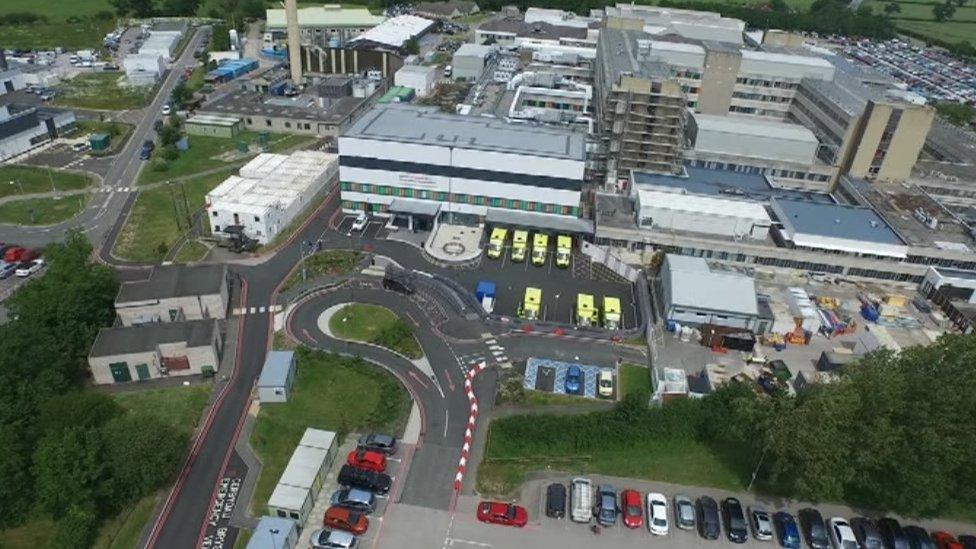
Wales' largest health board area has three general hospitals including Ysbyty Glan Clwyd in Denbighshire
BETSI CADWALADR
Population: 694,000
Percentage of over 75s: 9.8%
The health board covering the whole of north Wales says "there is a significant risk to performance through the winter" on the target for four hour delays at A&E.
Its winter plan includes a range of measures to "reduce the disruption from Christmas and New Year" including contingency arrangements to manage short notice shortfalls in staff numbers and making sure consultants are available to discharge patients at weekends and holiday periods.

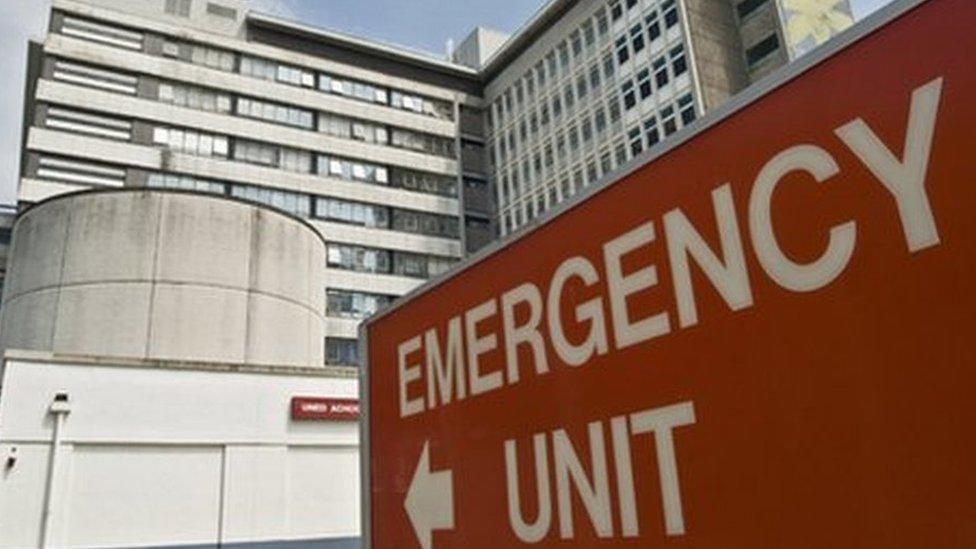
Cardiff's University Hospital of Wales has Wales' busiest A&E unit
CARDIFF AND VALE
Population: 481,900
Percentage of over 75s: 7.3%
The experience of last winter, according to the health board's winter plan, is the "evident" need for extra bed capacity over winter months. It aims for around 43 extra beds between January and March and to ensure extra cover in emergency departments.

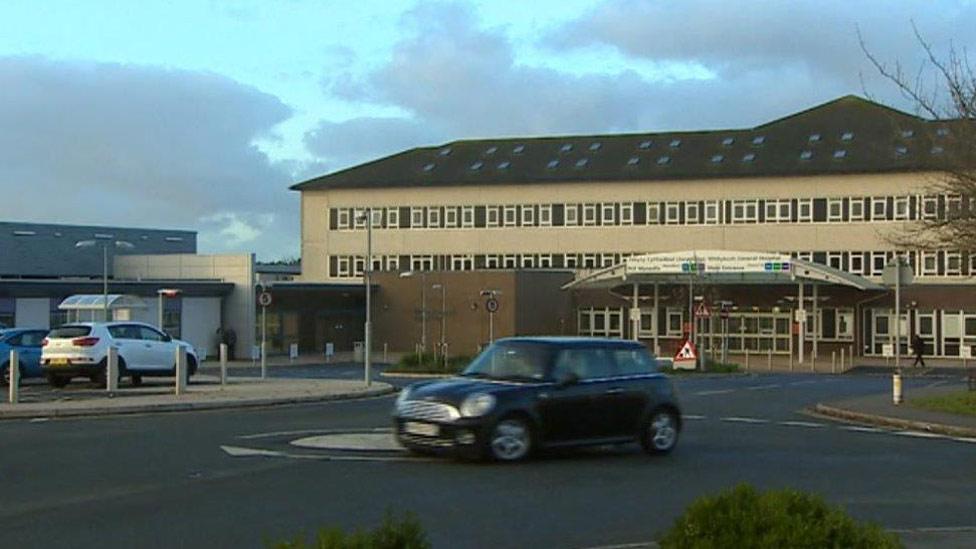
Withybush hospital in Haverfordwest. The proportion of over 75s in Pembrokeshire is 10.7%
HYWEL DDA
Population: 384,000
Percentage of over 75s: 10.2%
Among the key pressures of last winter according to Hywel Dda's winter plan were "delayed discharges " and "reduced community hospital flow", more viral infections and staff sickness from illnesses like flu.
In response the health board covering west and parts of mid Wales says it is trying to advertise for more community nurses and open up "surge bed capacity" at times of peak demand.

POWYS
Population: 132,600
Percentage aged over 75: 11.4%
There are no general hospitals in the county but the health board is still focusing on reducing inappropriate demand on acute services and improving flow of patients in the acute care system.
Its winter plan includes community teams and "virtual wards" to give people the best care at home.

THE WELSH AMBULANCE SERVICE
Richard Lee, director of operations for the Welsh Ambulance Service, says they will be working 'hand in hand' in police control rooms this winter
There was a "marked increase" in the number of serious incidents involving patients that had to be reported to the Welsh Government during the winter of 2015/16, according to the ambulance service.
There were 12 so-called serious adverse incidents reported in February alone involving delays handing patients over at A&E.
The ambulance service's winter plan this year included being ready to use mobile assessment units - which could be deployed outside emergency units "as a last resort" at times of extreme demand.
This would have meant if A&E beds become full, patients could be transferred to these six-bedded units from ambulances as they arrive.
But the idea was shelved on Thursday, following criticism that it was unviable from the College of Emergency Medicine.
The service is also piloting a scheme in three areas where community paramedics will work alongside GPs to try to offer more care to frail and elderly patients, for example, at home.